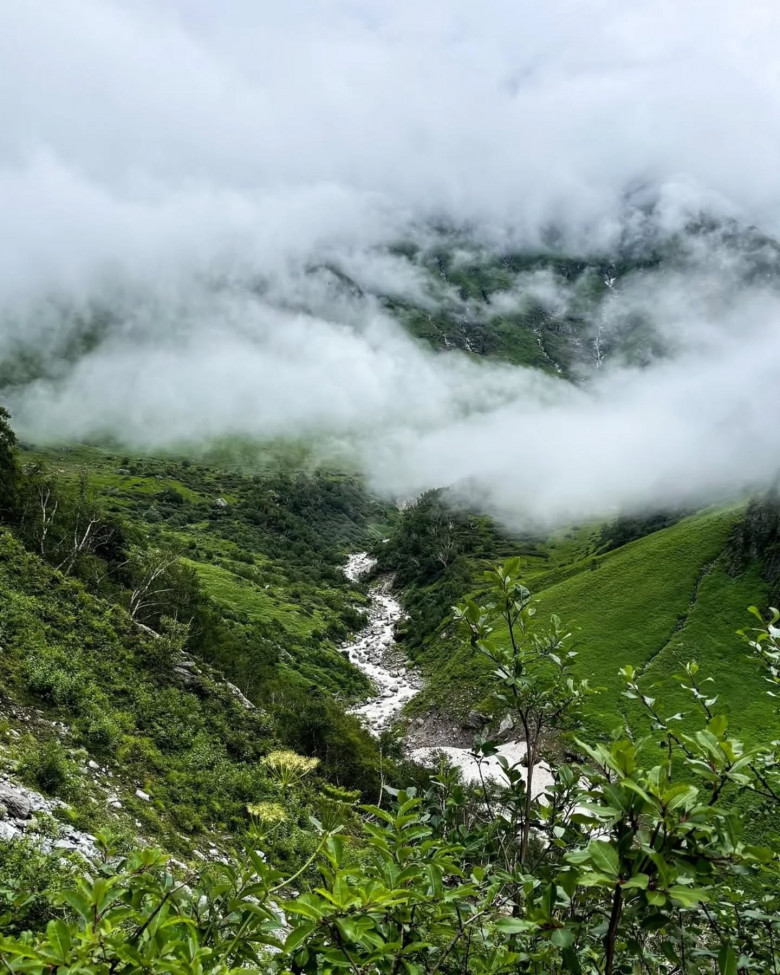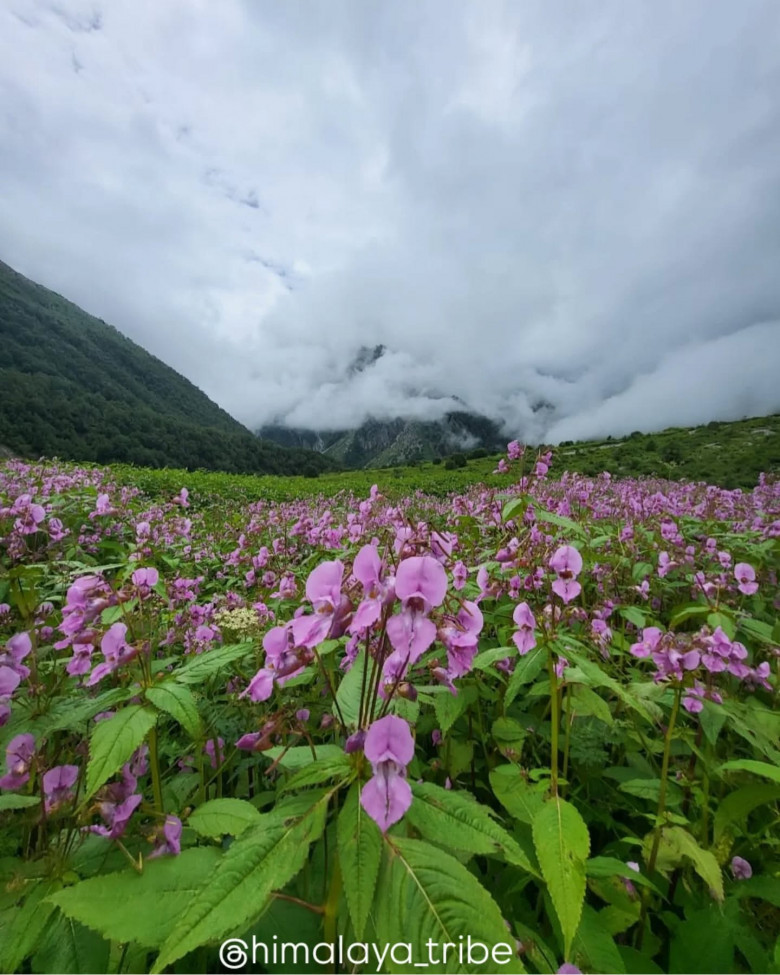views
The Valley of Flowers is located at an altitude ranging from 10,000 to 12,000 feet (3,200 to 3,600 meters) in the Chamoli district of Uttarakhand. Due to its elevation, the region remains snow-covered for most of the year, typically from late October through mid-June. It’s only during the summer and monsoon months that the valley becomes accessible and truly comes alive.
Best Time to Visit: July to Early September
The best time to visit the Valley of Flowers is from mid-July to early September. This short window is when the monsoon rains trigger the blooming of hundreds of flower species, transforming the valley into a vibrant botanical garden.
Why This Period Is Ideal:
-
Peak Bloom: July and August are when most flowers are in full bloom, including blue poppies, daisies, primulas, marigolds, and orchids.
-
Lush Greenery: The surrounding meadows and forests become a deep green, offering a striking contrast to the multi-colored flowers.
-
Waterfalls and Streams: Rain-fed waterfalls and streams add to the valley’s scenic beauty during this season.
Month-by-Month Breakdown
June (Late)

-
Status: Valley gates typically open around June 1st.
-
Conditions: Snow begins to melt, and early trekkers arrive.
-
Floral Bloom: Very few flowers are in bloom; however, the trails are more manageable before monsoon begins.
July
-
Conditions: Start of monsoon rains. The valley becomes lush and green.
-
Floral Bloom: Blooming season begins in earnest; many flowers start to appear.
-
Recommendation: Ideal time for those looking for a mix of good weather and flower sightings.
August

-
Peak Season: This is the best month to see the valley in its full glory.
-
Floral Bloom: Almost all flowers are in bloom, creating a kaleidoscope of colors.
-
Trek Difficulty: Trails may be slippery due to rains; proper gear is essential.
September (Early)
-
Transition Period: Flowers begin to wilt by mid-September.
-
Advantages: Lesser crowds, clearer skies as the monsoon retreats.
-
Note: The valley usually closes by late September or early October, depending on weather.
Why Not Visit in Winter or Early Summer?
October to May: Off-Season
-
Snowbound Trails: The region is inaccessible due to heavy snowfall.
-
Valley Closed: Officially, the Valley of Flowers National Park remains closed from October through May.
-
Risk Factor: Attempting to trek during this period is highly dangerous and discouraged.
What to Expect During the Trek
The Valley of Flowers Trek starts from Govindghat, with most trekkers halting at Ghangaria, a small base village. From Ghangaria, the valley is a 4-km uphill trail.
Key Highlights:
-
Trek Duration: 6 to 7 days (round trip from Haridwar/Rishikesh)
-
Difficulty Level: Moderate
-
Total Trek Distance: Approx. 38–40 km round trip
-
Altitude Gain: Govindghat (6,000 ft) to Valley (12,000 ft)
Essential Tips for Visiting During Monsoon
-
Pack Smartly:
-
Waterproof backpack cover
-
Rain jacket or poncho
-
Quick-dry clothes
-
Good grip trekking shoes
-
-
Travel Insurance:
-
Highly recommended, especially for monsoon treks.
-
-
Stay Hydrated:
-
Carry water purification tablets or a reusable filter bottle.
-
-
Start Early:
-
Rain is more likely in the afternoon. Begin your trek in the morning.
-
-
Check Weather Reports:
-
Landslides and roadblocks are common in Uttarakhand during monsoon. Stay updated on weather and road conditions.
-
Bonus Add-On: Hemkund Sahib Trek
While visiting the Valley of Flowers, many trekkers also plan an additional day to visit Hemkund Sahib, one of the highest Gurudwaras in the world at an altitude of 4,300 meters.
-
Trek Route: Starts from Ghangaria (6 km steep ascent)
-
Best Time: Mid-June to early October
-
Floral Views: You’ll find Brahma Kamal, a rare Himalayan flower, along the route.
Responsible Trekking Practices
-
Avoid picking flowers or disturbing wildlife.
-
Do not litter; carry your waste back to Ghangaria.
-
Support local homestays and guides.
-
Travel in small groups to minimize ecological impact.
Final Thoughts
The Valley of Flowers is not just a trek — it’s a deeply immersive experience that blends natural beauty, biodiversity, and spirituality. Visiting the valley during its peak monsoon season allows you to witness its rare and fragile ecosystem at its most vibrant. Whether you’re a seasoned trekker or a first-time visitor, timing your trip between mid-July and early September ensures that you don’t miss out on its full charm.
About Himalaya Tribe
If you're planning to explore this Himalayan gem, Himalaya Tribe is your ideal travel partner. Recognized as the Best trekking company in Uttarakhand, Himalaya Tribe offers expert-led treks and spiritual journeys including the Valley of Flowers Trek and Char Dham Yatra. As the Best trekking tour operator in Dehradun, their focus on safety, local expertise, and eco-friendly practices ensures a truly enriching experience. Let Himalaya Tribe guide you to the soul of the Himalayas — one unforgettable step at a time.






















Comments
0 comment